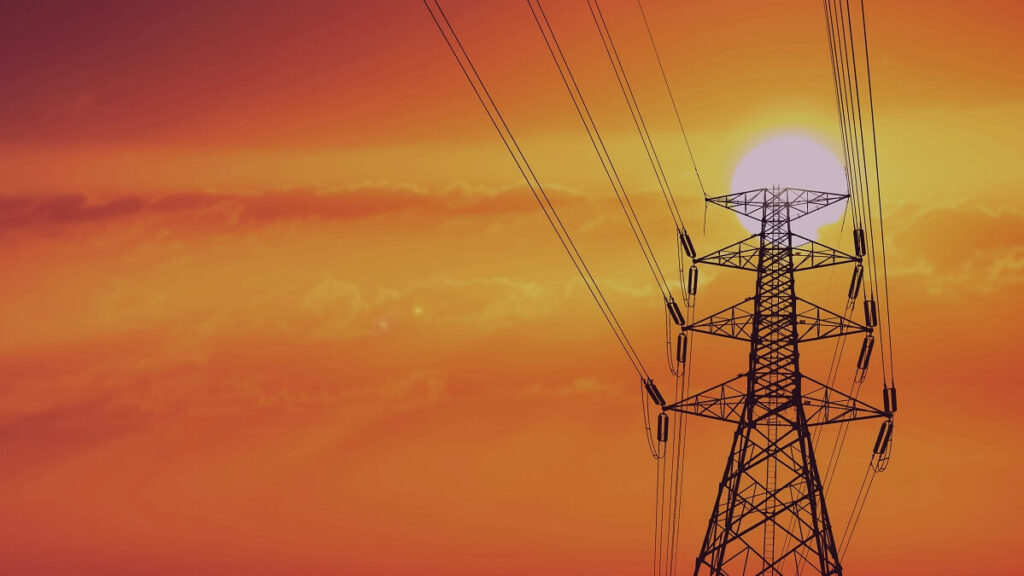Energy experts and the energy regulator say Australia is at real risk of widespread blackouts this summer – and every summer for the next decade – unless the proposed transition from coal generation to renewable energy is sped up.
A return of scorching El Nino conditions this summer, combined with a stretched electricity grid and the slow roll-out of renewable energy projects has prompted energy experts to warn Aussies it’s time to “get your candles” due to the threat of blackouts.
Zoe Whitton, managing director and head of impact at climate change advisory firm Pollination, told the AFR Energy and Climate Summit the increased bushfire potential this year will strain the grid to breaking point.
“You don’t just need your candles, you also need your air purifier for when the electricity is on and stuff is burning,” she said.
Renewables target
Australia is aiming to generate 82 per cent of its electricity needs from renewable sources by 2030.
Speaking at the summit, climate change and energy minister Chris Bowen defended the targets, saying increasing renewables is still the best way to secure energy for Australia’s future.
“We always said this was going to be a difficult task,” he said.
“A scenario where over 80 per cent renewables is the lowest cost way to meet the energy security requirements of our grid as ageing and increasingly unreliable plant exits.
“Our ambition is in line with the most likely pace of change, in line with the capacity needed in the grid.”
The Australian Energy Market Operator (AEMO) recently examined our predicted energy needs for the next decade and found the national energy grid will most likely come up short this summer unless “urgent” investment is made in renewable energy as coal-fired power stations are retired.
The Electricity Statement of Opportunities (ESOO) report says current renewable energy generation and storage projects in the pipeline will not be sufficient to cover the generation capacity lost when the coal stations close, with Victoria and South Australia to be hit particularly hard.
“Considering only existing, committed and anticipated projects as per the ESOO’s ‘central scenario’, reliability risks are forecast to exceed the relevant reliability standard in Victoria from this summer, in New South Wales from 2025-26, South Australia this summer and then again from 2028-29 and Queensland from 2029-30,” the report says.
“The reliability gaps identified through the ‘central scenario’ form an important part of the electricity planning process, as they provide the signal, and in some cases the obligation, for electricity retailers to contract sufficient capacity to provide for a reliable power system.
‘Sluggish’ pace
AEMO CEO Daniel Westerman says the report highlights the sluggish pace of Australia’s energy transition and the urgency needed to deliver new investment to ensure reliable, affordable and cleaner energy for consumers.
“Over the 10-year outlook, we continue to forecast reliability gaps, which are mostly due to the expectation that 62 per cent of today’s coal fleet will retire by 2033,” he says.
“To ensure Australian consumers continue to have access to reliable electricity supplies, it’s critical that planned investments in transmission, generation and storage projects are urgently delivered.”
The ESOO is produced using insights from developer and market participant surveys, transmission information, and extended analysis of energy limitations, like the potential impact of drought conditions, coal and gas supply shortfalls.
It also found the return of El Nino conditions this summer has the potential to send power demand to levels never before seen, with the very real risk of rolling blackouts in some areas.
“We’re expecting an elevated level of risk [of blackouts] compared to recent years, mostly due to hotter and drier conditions, and coal-fired generation reliability is at historic lows,” Mr Westerman says.
“The entire industry is focused on managing the risks in the summer ahead, particularly during high-demand periods coupled with generation outages and low renewable output, but some risk will remain.
“In the longer term, AEMO will continue to collaborate with industry and governments to deliver energy projects to maintain reliable and affordable electricity for all consumers.”
Is the transition to renewable energy putting lives at risk? Should the ambitious climate targets be reconsidered? Let us know what you think in the comments section below.
Also read: Smart meters: Can they cut hundreds of dollars off your energy bills?

